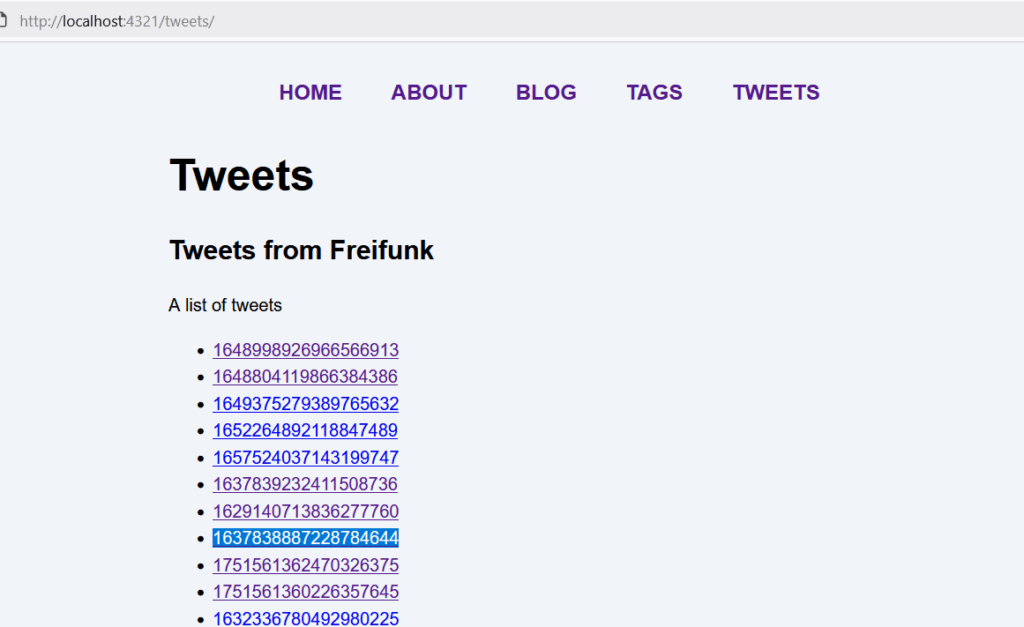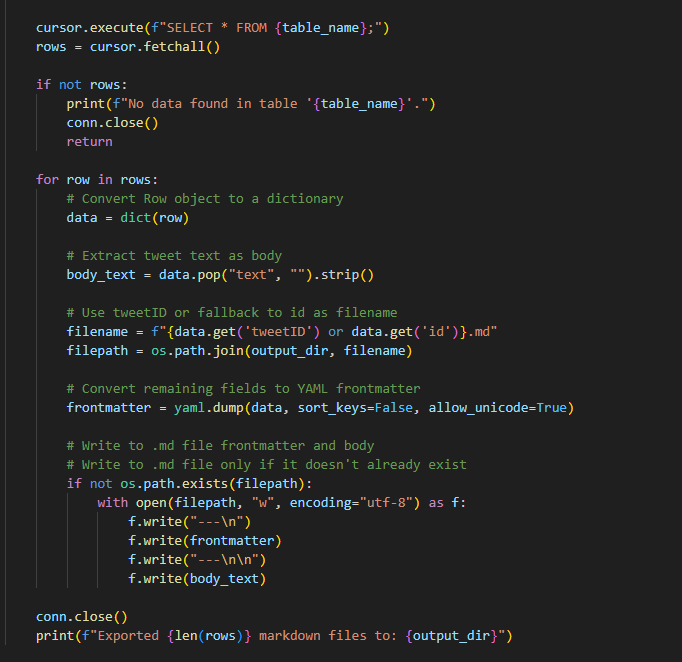Project Overview
I’m so proud and excited to be writing this final blog post for Freifunk and to share what I’ve accomplished during GSoC 2025. It feels great to say that I’ve completed the main goals of the project—building a working Social Media Archive for Freifunk’s exported Twitter data. Here’s a quick rundown of the progress I’ve made this summer.
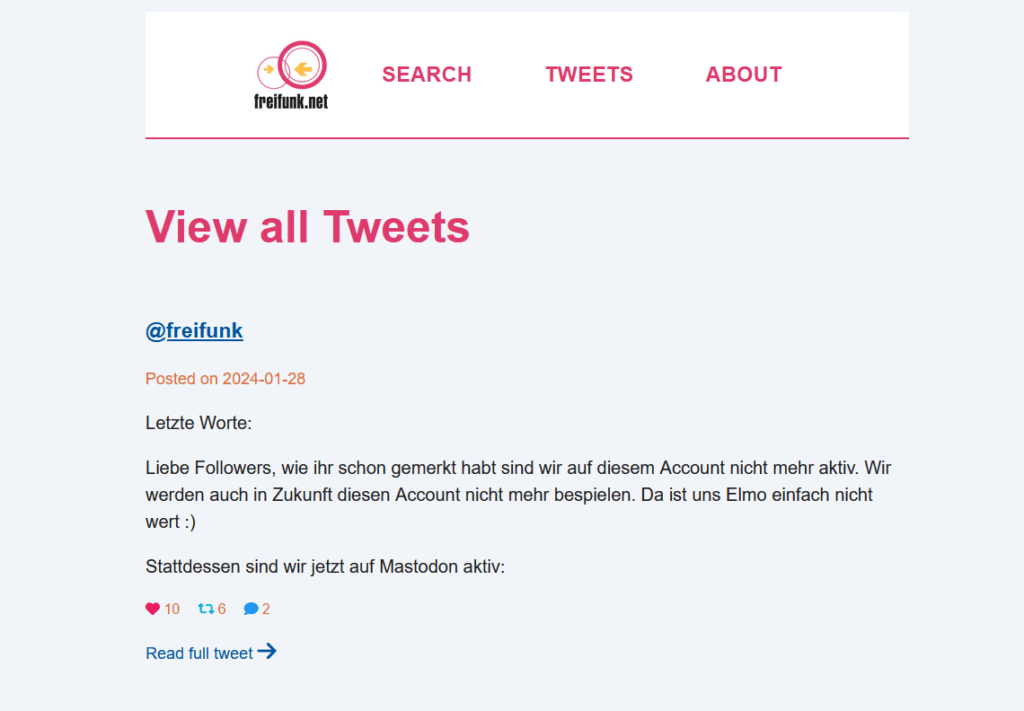
Milestone Highlights – All Goals Completed
Select the Static Site Generator (SSG)– Analyzed several existing technologies and decided on Astro as our SSG.SSG Setup– Embraced learning web development for the first time and followed several tutorials to make my first static site using Astro. After this foundation, I reviewed the current state of the Twitter data fields and planned how this information would be extracted from the database.Develop Data Extraction Tool– Created a script to extract relevant fields from the archived SQLite3 database and normalize them into a unified schema.Create Static Site Mockup– Generated an initial static website, but now combined it with the parsed and structured Twitter data.Implement Client-Side Search– Upgraded the website features further by adding client-side search functionality by preprocessing and indexing data during the build process.Customizable Theming Support– Designed the Social Media Archive with an easily customizable theme so others can adapt it for their own projects, while keeping Freifunk’s iconic pink this final version to reflect their identity.Documentation and Deployment– Wrote comprehensive documentation on GitHub explaining how the Social Media Archive works. Also created a separate README for the build process to guide users through prepping the data for use on the site. Lastly, we deployed the website.Test, Optimize, and Ensure Scalability – Tested the site using the full tweet database to ensure performance stayed solid. Also optimized the website build process to improve time complexity, making the SQL-to-Markdown extraction faster.
Final Project Status
Link to live Social Media Archive website
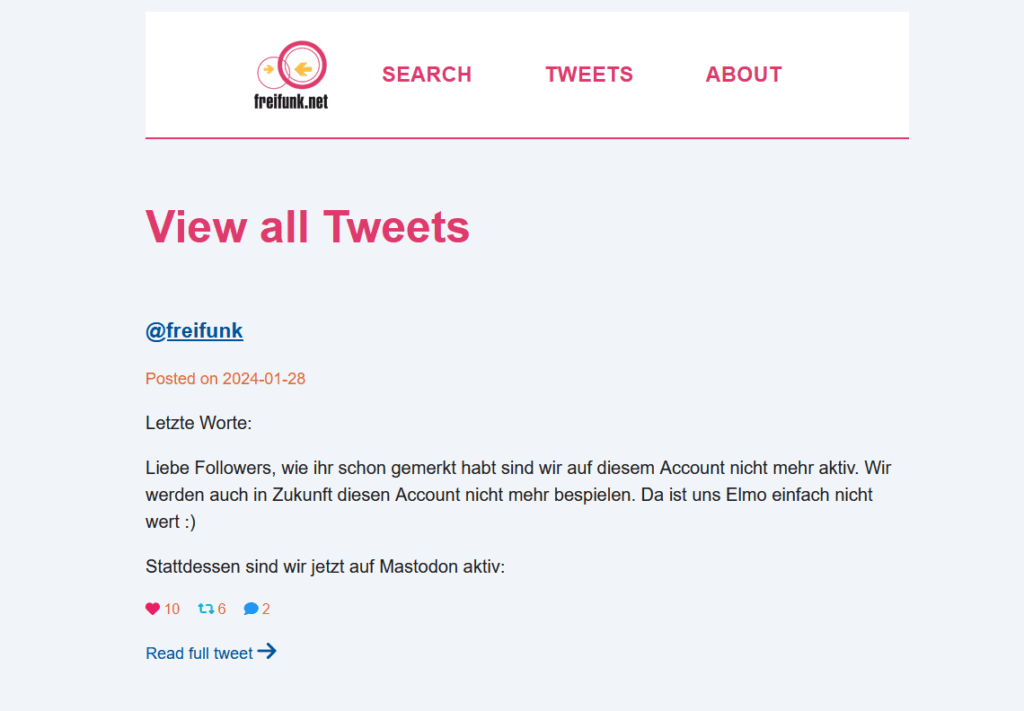
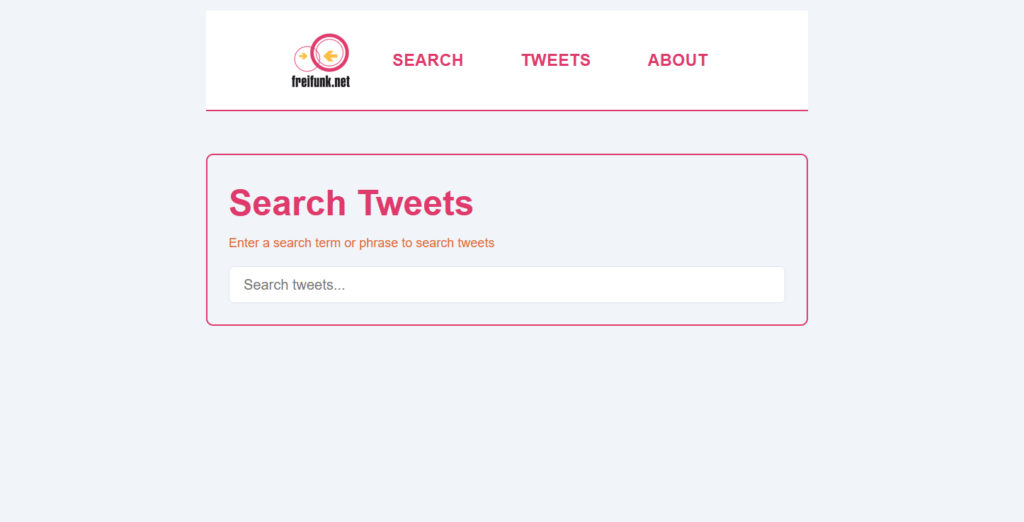
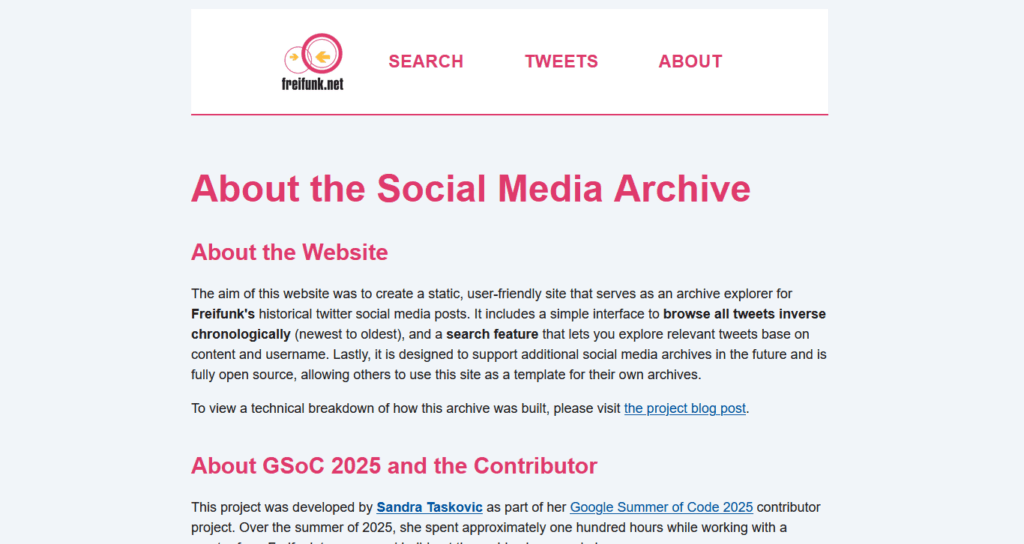
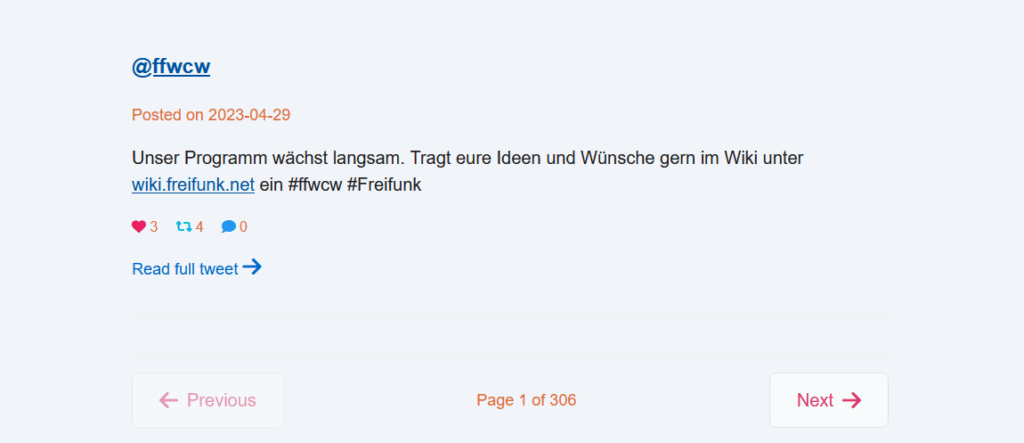
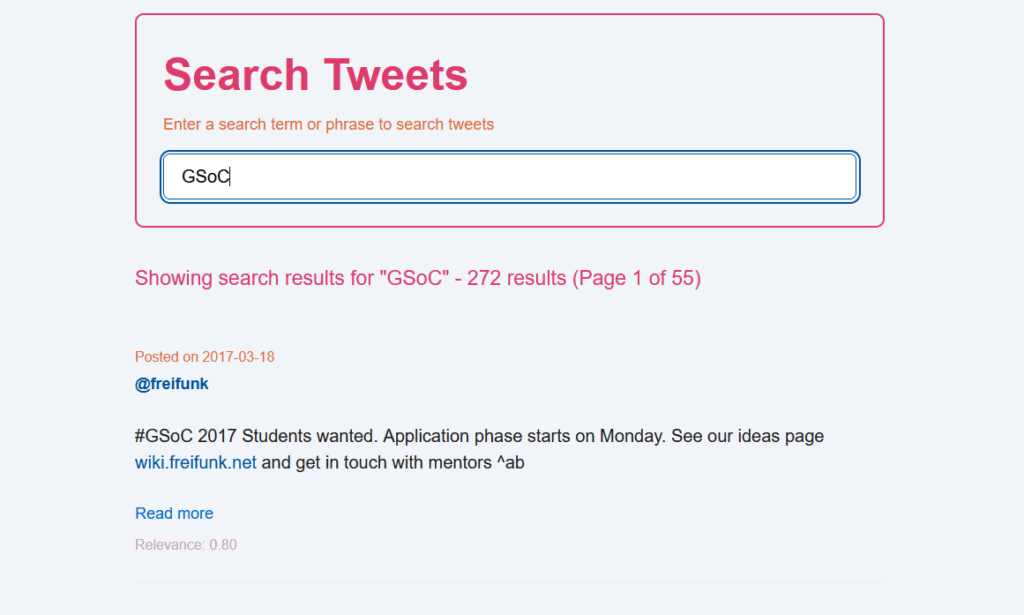
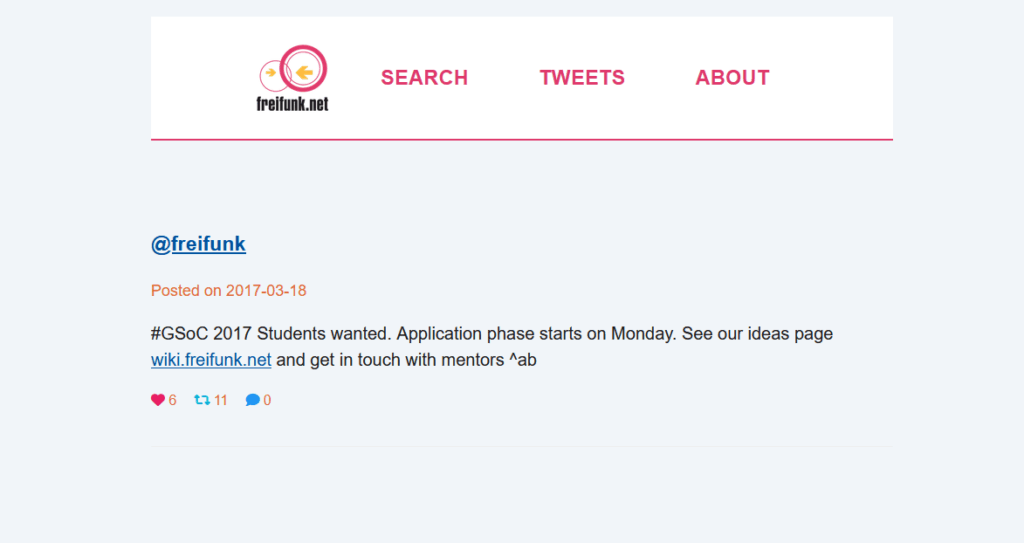
Code Contributions
- Fifteen Pull Requests Merged
- Thirteen Issues Completed
- Build-time GitHub Actions created using Renovate
- Too many nice memories made
I also made six new friends from five different countries while participating in GSoC 2025!
Technical Highlights
Implementing Client-Side search using Fuse.js:
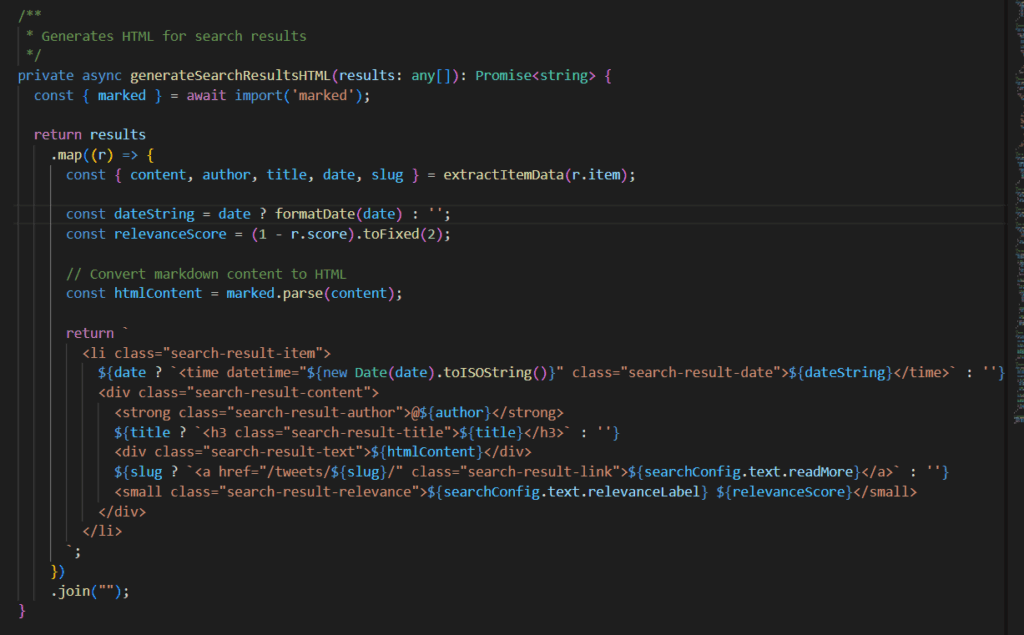
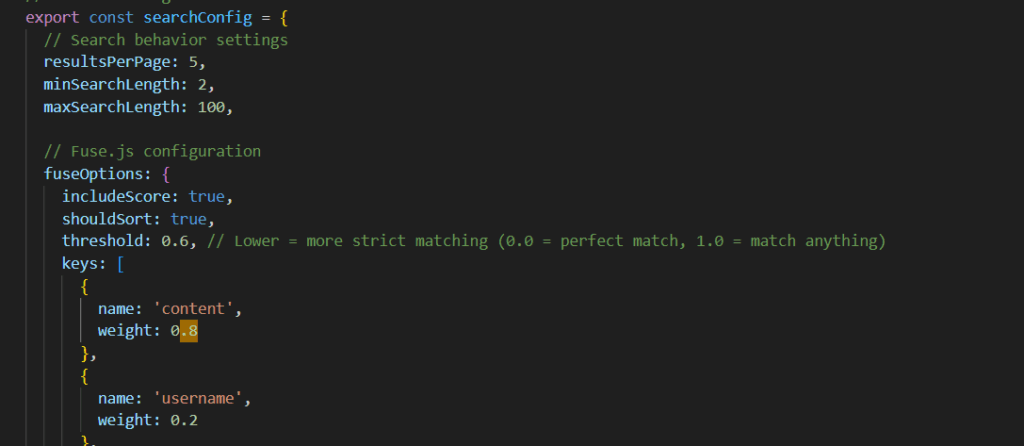
content and username attributes to improve the relevance of search results
Refining the SQL to Markdow data extraction tool:

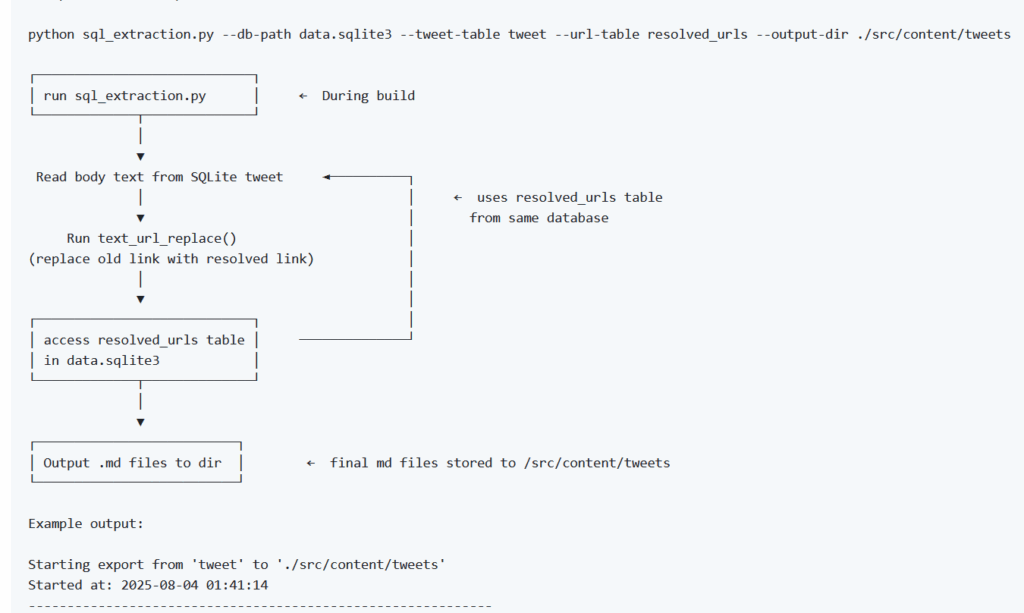
Remaining Work
- Backend refactoring changes could be made to simplify the codebase. As this is my first attempt at web development, it’s likely not everything I did was as efficient as it could have been
- Advancing the Search functionality so that the user can perform more sophisticated queries, like searching via “AND” keywords or by date.
- Improving the organization of pages. For example, the Search page should be moved from the index.astro (home) page and replaced with the Tweet page
Challenges & Lessons Learned
I learned that web development is complex—there are many moving parts, tools, and dependencies, and plenty of opportunities for things to go wrong. Yet despite the challenges, it was also incredibly empowering. I was able to transform raw Twitter data stored in an SQL database into a browsable, visual archive. Seeing that transformation come to life was both rewarding and inspiring.
I also came to better understand the realities of working and learning remotely, particularly across significant time zone differences. Asynchronous collaboration can make it harder to stay aligned with teammates, so it’s important to schedule occasional synchronous check-ins to reconnect, clarify goals, and regroup.
Finally, I learned the importance of giving yourself more time than you think you’ll need. Things rarely work perfectly on the first (or even second) attempt. Building in extra time, staying patient, and approaching debugging with a calm, methodical mindset proved crucial to making steady progress.
Conclusion
I’m glad I decided to apply for GSoC back in March. This summer, I experienced real growth and learned many valuable lessons. I’m especially grateful for the generous support from my mentor, Andreas Bräu, the other contributors, and the GSoC and Freifunk communities. GSoC is a fantastic opportunity, and I would highly encourage others to apply.
I’m looking forward to continuing my contributions to the Social Media Archive in the future.
Sandra Taskovic
